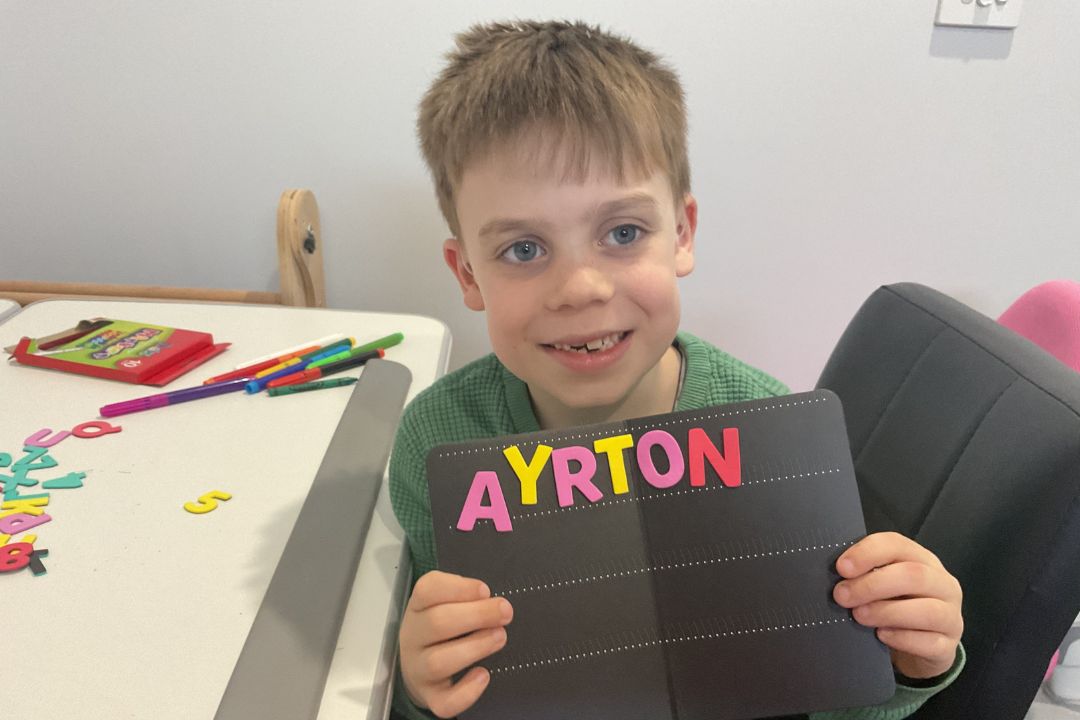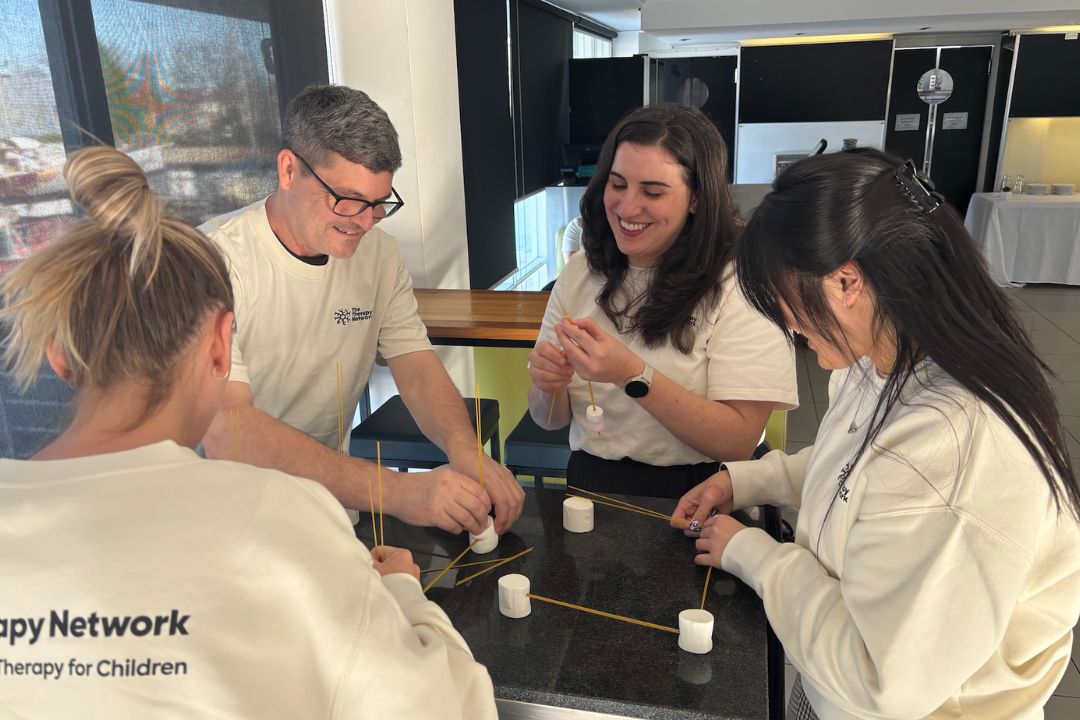In today’s tech-driven world, where tablets and keyboards are part of everyday life, you might wonder: Is handwriting still important? The short answer is — absolutely. While we do live in a digital age, handwriting remains a foundational skill that supports far more than just putting pen to paper.
As paediatric occupational therapists, we often work with children who find handwriting tricky. And we know that with the right support, every child can gain the skills and confidence they need to express themselves through writing.
Why Handwriting Still Matters
Handwriting plays a vital role in a child’s development and academic success. Here’s why:
It Supports Brain Development
Writing by hand activates different parts of the brain than typing. It helps with memory, attention, and learning — especially when it comes to reading and spelling.
It Builds Fine Motor Skills
Handwriting requires strength, coordination, and control of the small muscles in the hands and fingers. These fine motor skills are essential for many everyday tasks like tying shoelaces, using utensils, or brushing teeth.
It Affects Learning Confidence
When children struggle with handwriting, they may find it hard to keep up in class or feel frustrated when their work doesn’t reflect their ideas. Improving handwriting can boost confidence, reduce stress, and help children feel proud of their work.
It Enhances Expression
For many children, writing is a key way to share their thoughts, tell stories, and demonstrate knowledge. When handwriting becomes easier, written communication flows more freely.
Why Some Children Find Handwriting Difficult
Handwriting is a complex skill that draws on many areas of development. Challenges may come from:
- Poor pencil grip or hand strength
- Visual-motor integration difficulties (copying from the board, letter spacing)
- Difficulty with posture, endurance, or attention
- Sensory processing or motor planning issues
Some children may avoid writing altogether, rush through it, or show signs of frustration or fatigue. This is where OT can step in to help.
How Occupational Therapy Can Help
In paediatric OT, we look at the whole child — not just the handwriting itself. We assess and support the underlying skills that make writing possible. This may include:
- Strengthening fine motor and hand muscles
- Improving pencil grasp and posture
- Developing visual-motor and perceptual skills
- Supporting sensory regulation and attention for focus
- Building confidence and self-esteem around writing tasks
We also use fun, play-based approaches that keep children engaged while building skills — because when therapy feels like play, learning comes more naturally.
What Can Parents Do at Home?
- Encourage drawing, colouring, and crafts to build fine motor strength.
- Offer short, pressure-free writing opportunities — like writing cards, lists, or signs.
- Celebrate effort over perfection: “I love how you kept going!”
- Use tools like pencil grips or slant boards if recommended by your OT.
Handwriting may be changing in the digital age, but it’s still a key part of childhood learning, development, and self-expression.
With the right support, handwriting can shift from a struggle to a strength — and we’re here to help make that journey easier and more enjoyable for children and families alike.





